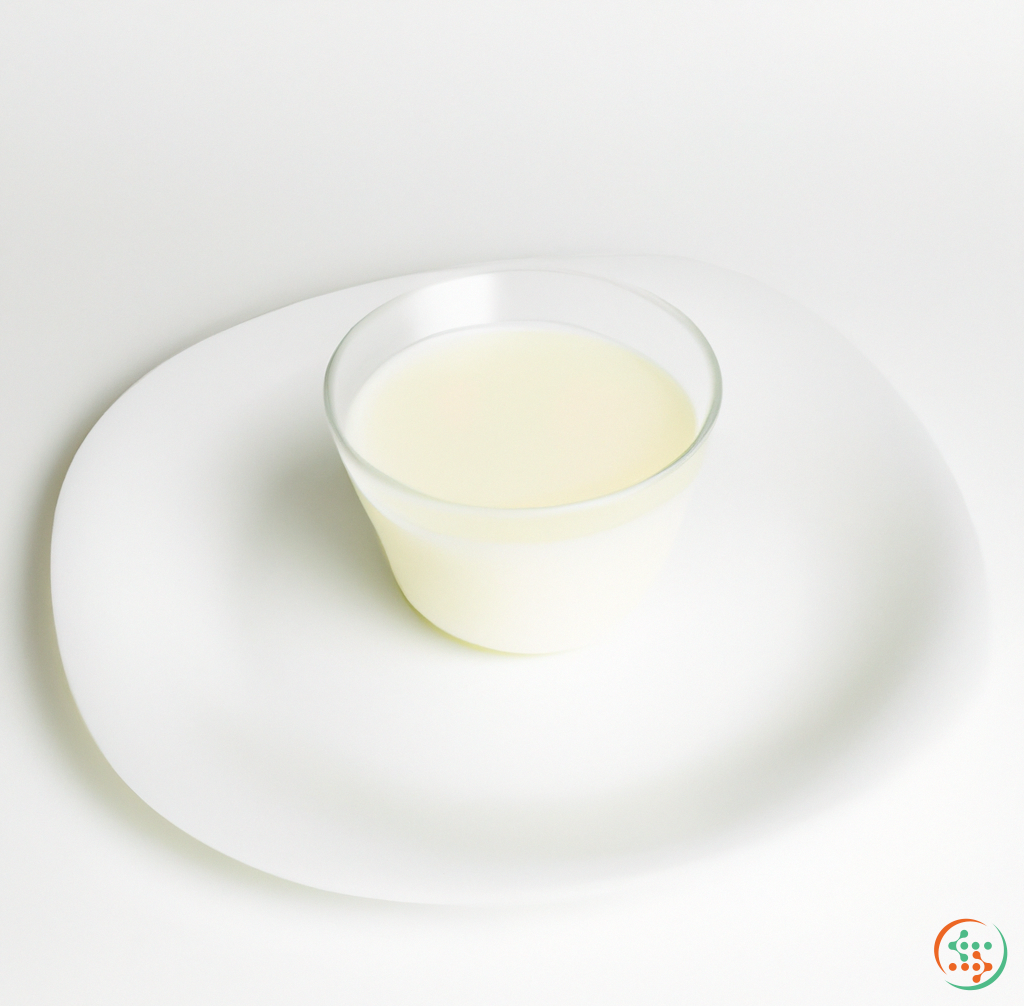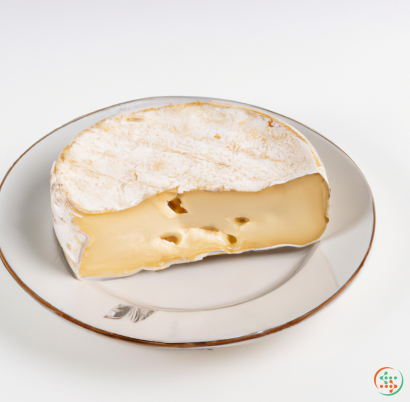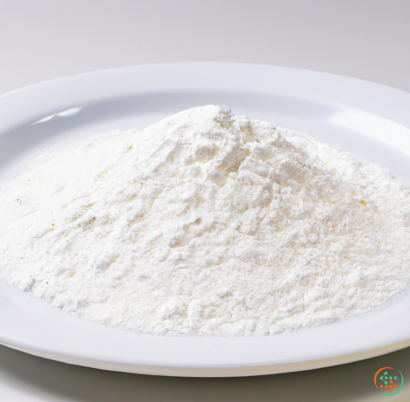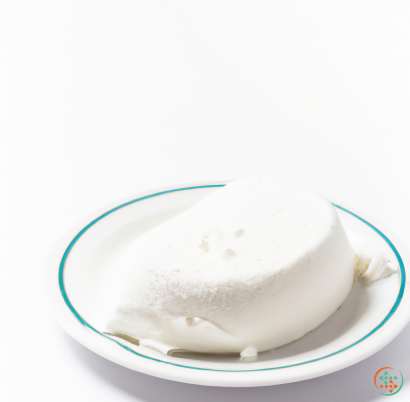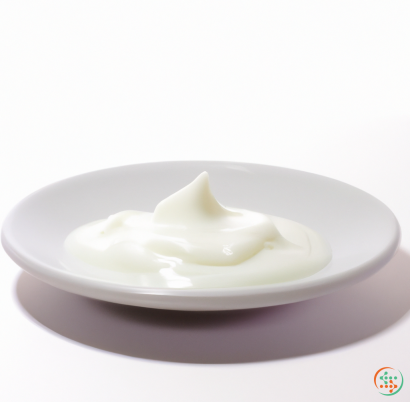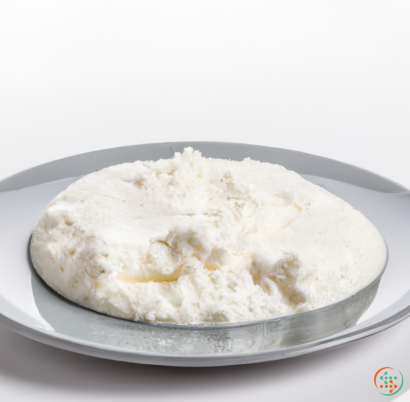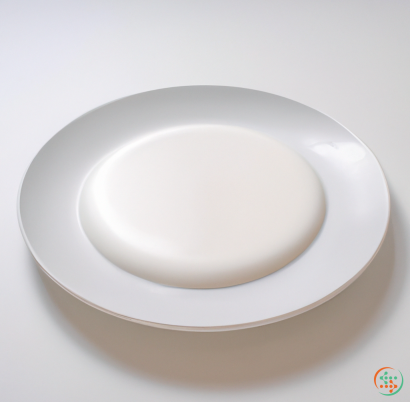Milk (2% Fat)
and how it's made
What Is Milk (2% Fat) and How Is It Made?
Milk is a staple in many people's diets and comes in a variety of forms with different fat content. While standard cow’s milk is generally sold as whole, 2%, and skim products, there are also goat’s milk and other dairy varieties. In this article we will be discussing cow’s milk, specifically 2% milk or semi-skimmed milk, the middle-of-the-road option in terms of fat content.
What is 2% Milk?
2% milk is a type of cow’s milk with reduced fat levels compared to whole milk. It is primarily composed of water, lactose, fat, protein, minerals, vitamins, and other enzymes, with the remainder being composed of trace elements of other nutrients. The fat content in 2% milk is reduced compared to whole milk by homogenization, centrifugation, or cream separation.
The cream contained within cow's milk is around 33 - 37%, which lies between whole and skimmed, hence why it is referred to as semi-skimmed. The cream has a higher fat content and lower protein level, which is what gives regular cow's milk its distinctive taste. When you drink 2% cow’s milk, due to the reduction of fat, you will not get the fullfat flavor, hence why it often tends to get overlooked and underestimated.
The Benefits of 2% Milk
There are many benefits to consuming lower-fat milks, like those in 2% varieties. First, it provides fewer calories than whole milk while still providing essential nutrition. This can be beneficial if you are watching your calories or weight, and it is often a bit easier to digest than higher-fat milks like whole milk.
Lower-fat milks can also provide other important nutrients, such as calcium, vitamin D, and potassium, that are needed for strong bones, teeth and muscles. These vitamins and minerals are essential for healthy metabolic and immune system functioning, and can help to reduce the risk of developing certain chronic diseases.
In addition, 2% milk is often less expensive than other milks, making it a more budget-friendly substitute. Lastly, to some it may have a slightly less creamy mouthfeel than whole milk, making it a bit more refreshing.
How 2% Milk Is Made
When it comes to cow’s milk, 2% milk is made by reducing the fat content of regular cow’s milk. This is done using several techniques depending on the brand of milk, but the most common methods involve homogenization, centrifugation, and cream separation.
Homogenization involves breaking down the fat globules in the milk. This is done by forcing the milk through a small hole at high pressure to break the fat globules down into much smaller ones. This results in the fat being dispersed evenly throughout the milk, resulting in a smoother, more homogeneous consistency.
Centrifugation is the next step in milk fat reduction for 2% milk. It involves spinning the milk at high speeds to separate out parts of it, including the cream. The cream is then removed from the milk, resulting in a lower-fat milk product.
Lastly, cream separation involves several processes of milk fat collection. This usually starts with the pasteurization of milk, which kills off any bacteria or organisms, and then the milk is ready to be sent off for cream separation. To separate the cream, milk is first filtered, then pasteurized to kill off any bacteria, then incubated in a cream separator. The cream is then removed and mixed with the rest of the milk, resulting in 2% milk.
Conclusion
To conclude, 2% milk is cow’s milk with a reduced fat content, typically achieved by homogenization, centrifugation, or cream separation. It offers a range of benefits, including fewer calories and easier digestion along with important nutrients like calcium, vitamin D, and potassium. Plus, it is cheaper than other milks, making it a more budget-friendly option. Overall, 2% milk is an excellent choice for anyone looking for a great-tasting, low-fat milk alternative.
A Brief History of Milk
The history of milk is a long and complicated one, marked by controversy and debate. For centuries, milk was seen as a symbol of life and fertility, and it was consumed for these reasons. In more recent years, milk has come to be seen as a necessary part of the diet, providing essential nutrients like calcium and vitamin D.
The earliest evidence of milk consumption comes from the 7,500-year-old cave paintings in Europe, which depict humans milking cows. The first written record of milk consumption comes from the Vedas, which are Hindu texts that date back to 1500 BC. These texts describe the process of milk production, as well as the many benefits of consuming milk.
In the centuries that followed, milk became a staple in the diets of many cultures around the world. In the Middle Ages, milk was often used as a medicine, and it was even believed to cure leprosy.
During the Industrial Revolution, milk production became more consolidated and efficient, thanks to advances in technology. This led to milk becoming more affordable and available, and it soon became a staple in the diets of working-class people.
In the late 19th and early 20th centuries, milk was seen as a miracle food, and it was touted for its many health benefits. This was the era of the so-called "milkmen," who delivered milk to homes around the city.
However, the rise of supermarkets and the modern dairy industry has led to milk becoming more of a mass-produced commodity. This has led to some concerns about the quality of milk and its nutritional value.
Today, milk is a staple in the diets of people all over the world, and it remains an important source of nutrition.
How Milk Is Made
Milk is produced by cows, which are mammals that belong to the family of animals known as ungulates. Cows are able to produce milk because they have a four-chamber stomach that ferments vegetation, which provides them with nutrients like proteins, carbohydrates, and fats.
The cow's stomach also produces a hormone called prolactin, which is responsible for milk production. When a cow is ready to give birth, her prolactin levels increase, which signals her body to start producing milk.
After a cow gives birth, she will continue to produce milk for about 10 months, until her calf is weaned. Cows typically produce around six to seven gallons of milk per day.
The milk that is produced by cows contains a number of different nutrients, including water, fat, carbohydrates, protein, and minerals like calcium and phosphorus. Milk also contains vitamins A, B, and D.
The composition of milk varies depending on the breed of cow and what she is eating. For example, Jersey cows produce milk that is higher in fat than milk from other breeds of cows.
Cows' milk is typically around 3.5% fat, but it can range from 2% to 4%. Fat-free milk, or skim milk, only contains around 0.5% fat.
The milk that we drink is typically pasteurized, which means that it has been heated to a high temperature to kill any harmful bacteria. Pasteurized milk typically has a shelf life of about two weeks.
Raw milk, on the other hand, has not been pasteurized and thus may contain harmful bacteria. Raw milk also has a shorter shelf life of about seven days.
Some people believe that raw milk is healthier than pasteurized milk because it contains more enzymes and beneficial bacteria. However, there is no scientific evidence to support this claim.
Pasteurized milk is generally considered to be the safest option, and it is the only type of milk that is sold in supermarkets.
How Milk Gets from the Cow to Your Glass
The process of milk production has changed significantly over the years, thanks to advances in technology. Today, milk is typically produced on large dairy farms, where cows are kept in a carefully controlled environment.
The first step in milk production is to collect the milk from the cows. This is typically done using a machine called a milking machine, which is designed to extract milk from cows quickly and efficiently.
The milk that is collected from the cows is then transported to a dairy processing plant, where it is pasteurized and bottled.
Pasteurized milk is typically sold in supermarkets, where it can be found in the dairy section. Milk that has not been pasteurized is also available, but it is typically sold at farmers markets or specialty food stores.
Nutrition and Health
Milk is an excellent source of nutrition, and it has many health benefits. Milk is a good source of protein, which is essential for growth and development. Milk also contains calcium, which is important for bone health.
In addition, milk is a good source of vitamin D, which is necessary for the absorption of calcium. Vitamin D is also linked to a number of other health benefits, including a reduced risk of cancer and autoimmune diseases.
Despite all of these health benefits, milk is not essential for everyone. For example, people who are lactose intolerant cannot digest milk properly, and thus it can cause them gastrointestinal distress.
Lactose intolerance is relatively common, affecting around 30% of the world's population.
For people who are unable to drink milk, there are a number of alternative options available, such as soy milk, almond milk, and rice milk. These options are often fortified with calcium and other nutrients to make them similar to cow's milk.
Final Thoughts
Milk is a nutritious and delicious food that has been consumed by people for centuries. Milk is a good source of protein, calcium, and vitamin D, and it has many health benefits.
For people who are unable to drink milk, there are a number of alternative options available, such as soy milk, almond milk, and rice milk.
| Vitamin A | 0.028 mg | |
| Beta-Carotene | 0.007 mg | |
| Vitamin E | 0.03 mg | |
| Vitamin K | 0.2 ug | |
| Vitamin C | 0.2 mg | |
| Vitamin B1 | 0.04 mg | |
| Vitamin B2 | 0.19 mg | |
| Vitamin B3 | 0.09 mg | |
| Vitamin B4 | 0.0164 grams | |
| Vitamin B5 | 0.36 mg | |
| Vitamin B6 | 0.04 mg | |
| Vitamin B9 | 0.005 mg | |
| Vitamin B12 | 0.53 ug |
| Calcium | 0.12 grams |
Daily Value 1.3 g
|
| Iron | 0.02 mg |
Daily Value 0.018 g
|
| Magnesium | 0.011 grams |
Daily Value 0.4 g
|
| Phosphorus | 0.092 grams |
Daily Value 1.25 g
|
| Potassium | 0.14 grams |
Daily Value 4.7 g
|
| Sodium | 0.047 grams |
Daily Value 2.3 g
|
| Zinc | 0.48 mg |
Daily Value 0.011 g
|
| Copper | 0.01 mg |
Daily Value 0.9 mg
|
| Manganese | 0.01 mg |
Daily Value 0.0023 g
|
| Selenium | 0.0025 mg |
Daily Value 0.055 mg
|
| Fluoride | 0.0034 mg |
Daily Value 0.004 mg
|
| Tryptophan | 0.042 grams | |
| Threonine | 0.141 grams | |
| Isoleucine | 0.171 grams | |
| Leucine | 0.313 grams | |
| Lysine | 0.276 grams | |
| Methionine | 0.087 grams | |
| Cystine | 0.02 grams | |
| Phenylalanine | 0.171 grams | |
| Tyrosine | 0.167 grams | |
| Valine | 0.216 grams | |
| Arginine | 0.094 grams | |
| Histidine | 0.1 grams | |
| Alanine | 0.112 grams | |
| Aspartic Acid | 0.283 grams | |
| Glutamic Acid | 0.742 grams | |
| Glycine | 0.065 grams | |
| Proline | 0.326 grams | |
| Serine | 0.199 grams |
| Galactose | 0.02 grams |
|
| Glucose | 0.01 grams |
|
| Fructose | 0.01 grams |
|
| Sucrose | 0.01 grams |
|
| Lactose | 5.01 grams |
|
| Maltose | 0.01 grams |
|
| Total Sugars | 5.1 grams |
per 100g
|
| Caproic acid (6:0) | 0.04 grams |
|
| Caprylic acid (8:0) | 0.02 grams |
|
| Capric acid (10:0) | 0.05 grams |
|
| Lauric acid (12:0) | 0.06 grams |
|
| Myristic acid (14:0) | 0.18 grams |
|
| Palmitic acid (16:0) | 0.56 grams |
|
| Stearic acid (18:0) | 0.24 grams |
|
| Butyric acid (4:0) | 0.08 grams |
|
| Total Saturated fatty acids: | 1.23 g | |
| Oleic acid (18:1) | 0.51 grams |
|
| Palmitoleic acid (16:1) | 0.03 grams |
|
| Total Monounsaturated fatty acids: | 0.54 g | |
| Omega-3 Alpha-linolenic acid (18:3) | 0.01 grams |
|
| Linolenic acid (18:3) | 0.01 grams |
|
| Linoleic acid (18:2) | 0.06 grams |
|
| Total Polyunsaturated fatty acids: | 0.08 g | |
| Cholesterol | 0.01 grams |
|
| Total Sterols: | 0.01 g | |
| Trans-monoenoic fatty acids | 0.08 grams |
|
| Total Trans fat: | 0.08 g | |
